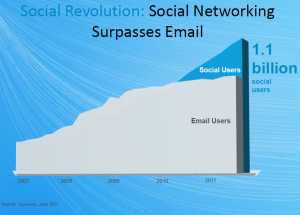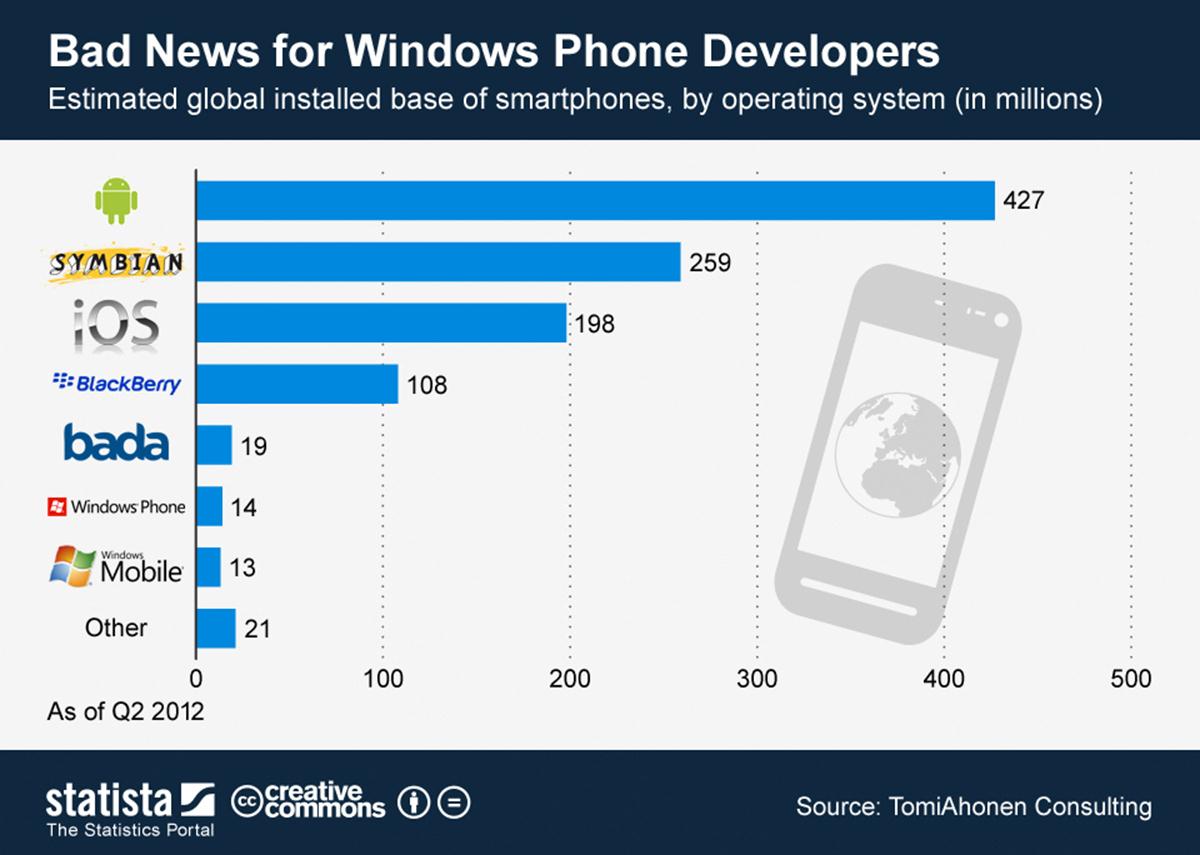Video is becoming king of the social world. Studies indicate that over 50% of Americans watch user-generated video at least once a month. That is more than any other vehicle, including blogs, music, and photos on photo sharing sites. As video becomes an effective way to communicate with consumers, several emerging technologies allow you to target video content to your audience.
One technology to look at allows you to forge one-to-one customer relationships with real-time,
personalized video using StarGreetz. If you were sent a video that was instantly personalized for you based on a number of factors, would you watch it? StarGreetz (www.stargreetz.com) helps brands create one-to-one personalized video messages that use the actual voices and images of brand spokespeople, popular celebrities and iconic characters to increase engagement. The videos are personalized to address the recipient by name, gender, location, date/time, and dozens of other potential attributes, and are delivered via messages and quick-response (QR) codes on
Facebook, email, Twitter, mobile, point of purchase, on-package, outdoor, and print.
Quaker's
Chewy Granola Bars used StarGreetz to put
QR codes on packaging that led consumers to personalized video messages, via Facebook
API, starring
Nick Jonas, delivering 88% opens, 74% click-through rates, as well as 5 minutes and 10 seconds of engagement.
Toyota Racing sent
NASCAR fans that registered for the Pit Pass an email containing a personalized video of
Kyle Bush and experienced open rates that were five times higher than those of traditional emails.
This is very exciting for businesses who are obsessed with the customer experience.




















